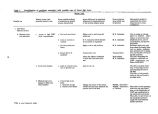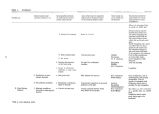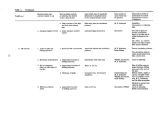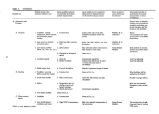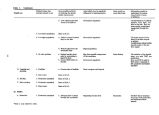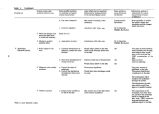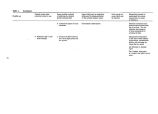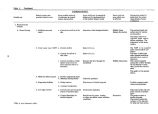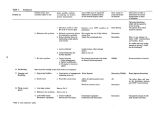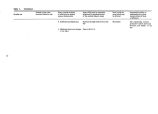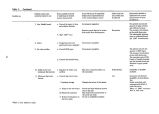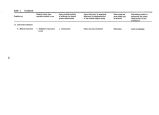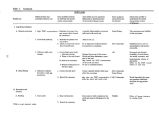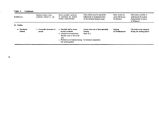| OCR Text |
Show Identification of Data and Research Needs The need for data collection and research arises from the necessity to understand the impact on the lake system created by alterations of the physical system to accommodate society's use of the lake resources. These impacts may be direct alterations of the physical system to accommodate a specific social use, such as the construction of a dike or causeway, or an unplanned alteration such as pollution which creates a change in the ecology of the lake. In addition to helping evaluate impacts, data and research are necessary to evaluate both the physical and economic feasibility of management schemes as well as to assess the desire of society for any proposed development on the lake. Based on the four major social uses of the lake identified earlier, a chart ( Table 1) was prepared which starts with possible social uses of the system and logically develops the information necessary to understand the system characteristics or the areas of influence or impact created by altering the system. This approach was adapted from Riley et al. ( 1975). The chart was broken into several geographic areas; the entire lake system, the south shore area, Farmington Bay, and the north arm. The entire lake system consists of the lake and its drainage basin. The other geographic areas are subareas of the system and were isolated because of the special or intense uses which may be made of these subareas. Information needs were identified by proceeding through the chart from left to right. First the possible social uses of the system were listed. For convenience these general topics can be divided into specific uses. For example, the lake brine industry system was divided into the mineral extraction industry, the brine shrimp industry, and oil and gas development. This division of uses within a use system is appropriate since conflicts may develop between components of the same use system. Once the possible uses were identified the desired system characteristics for the use and some possible methods of achieving the desired system characteristics were listed. For example, access to brine with a high concentration of total dissolved solids ( salinity) to benefit the mineral extraction industry might be achieved by using north arm rather than south arm brines. Also suggested by Table 1 are areas which may be negatively influenced by implementing the method. These are possible areas of adverse influence on social uses. The social use areas of impact also are indicated by the table. Continuing with the mineral extraction example, if the mineral extraction companies were to relocate to the north arm they would change the character of the present land use. The last column of the chart gives the information needed to understand the system characteristics or areas of impact. This column is designed to be completed by experts in each particular use area. During this study, the table was begun by first listing major components of the table determined from a review of literature. The table was further refined through discussion sessions with groups of experts on the physical system and each social use area. These experts represented state and federal agencies, universities, and private companies and organizations. The meetings had a twofold purpose. First, they were designed to expand the information contained in Table 1; and second, the meetings were used to aid the identification of data and research needs related to Great Salt Lake and to assign priorities to these needs. Research needs became apparent during the meeting from the general discussion of Table 1 and the specific discussion of the information needs contained in the last column of the table. The specific views of each participant in the meetings on research needs and priorities were obtained by having the participant complete a research needs questionnaire, a sample of which is contained in the Appendix. The information obtained from these meetings and questionnaires was used as basic knowledge in completing Task I of this study. The procedure followed in this study proved to be an effective method of extracting information from experts in particular fields. By setting out the social use objectives and the desired system characteristics in the table, it was easy for the experts to participate in the identification of research needs. Further, these meetings indicated the need for a forum for the open exchange of information between researchers. The Great Salt Lake Division could greatly aid the research effort on the lake by sponsoring seminars where research information, ideas, and needs can be freely disseminated. 9 |


















